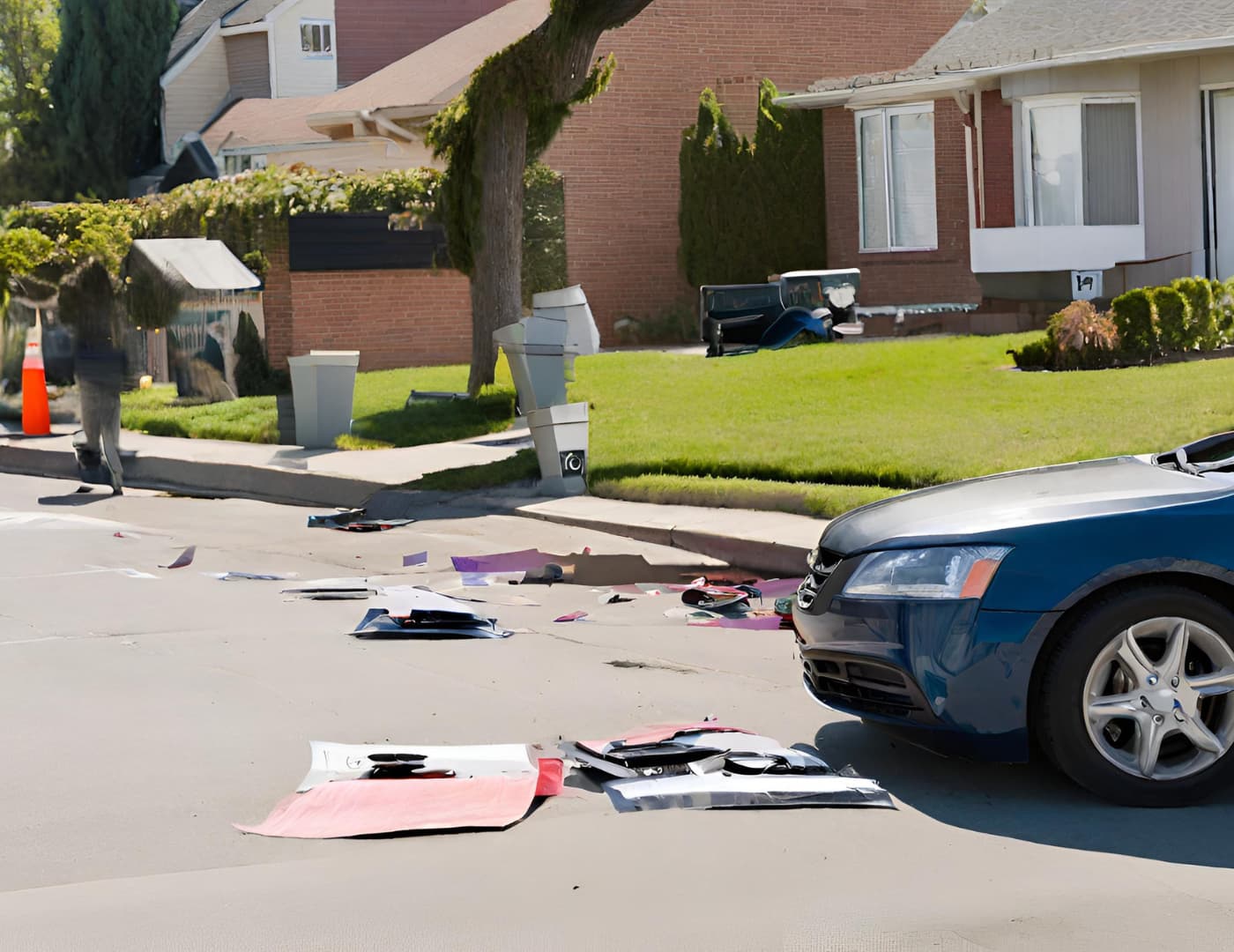In this blog post, we will delve into the meticulous process of hit and run investigations, shedding light on how law enforcement agencies work tirelessly to solve these cases. From the immediate response to gathering evidence, interviewing witnesses, and utilizing advanced technology, we will explore the intricate steps taken to identify and apprehend the responsible party. For those seeking to sue for hit and run, experienced lawyers can provide valuable assistance in pursuing justice and compensation.
The Immediate Response
The moment a hit and run incident is reported, law enforcement swings into action. Their immediate response involves dispatching officers to the scene to ensure the safety of victims and secure the accident site. Ensuring that medical attention is provided to injured parties is a top priority, followed by preserving crucial evidence.
Gathering Witness Statements
One of the most valuable resources in hit and run investigations is eyewitness testimony. Law enforcement officers are trained to gather detailed statements from witnesses and involved parties. These accounts often provide critical information about the fleeing vehicle, its direction, and, in some cases, the identity of the driver. Witness statements serve as the initial building blocks of the investigation.
Surveillance Footage and Evidence
In an age of surveillance, cameras are ubiquitous. Law enforcement agencies tap into this resource by collecting and reviewing footage from security cameras, traffic cameras, and businesses near the accident scene. This surveillance footage can offer vital clues about the vehicle involved, its appearance, and even its license plate. Every piece of evidence counts in the pursuit of justice.
Collecting Physical Evidence
The accident scene is a treasure trove of physical evidence. Law enforcement officers meticulously collect items such as debris, vehicle parts, and paint transfers. These fragments can provide valuable insights into the make and model of the fleeing vehicle, aiding in its identification.
Vehicle Identification
Identifying the vehicle involved in a hit and run is a crucial breakthrough in the investigation. Law enforcement relies on descriptions provided by witnesses, license plate numbers if available, and Vehicle Identification Numbers (VINs) to narrow down the search. Accurate vehicle identification is often the key to solving the case.
Witness and Suspect Interviews
Interviews play a significant role in uncovering crucial details about the hit and run incident. Law enforcement conducts interviews with witnesses, involved parties, and potential suspects. Skilled interrogations can yield information that might not be immediately apparent, ultimately leading investigators closer to the truth.
Coordinating with Other Agencies
Hit and run investigations frequently involve collaboration with various agencies and organizations. Law enforcement may work with insurance companies to identify the owner of the vehicle or reach out to forensic experts for specialized analysis. The Department of Motor Vehicles (DMV) can provide essential information for tracking down suspects.
Utilizing Advanced Technology
Technology has become a powerful ally in hit and run investigations. Law enforcement agencies employ accident reconstruction software to recreate the events leading up to the incident. Databases and digital tools help investigators cross-reference information and identify potential leads. These technological advancements enhance the chances of a successful resolution.
Public Appeals and Rewards
Law enforcement often seeks the assistance of the public in hit and run cases. Public appeals for information and rewards for tips leading to an arrest can encourage witnesses and individuals with vital information to come forward. These appeals transform communities into allies in the pursuit of justice.
Challenges and Obstacles
While law enforcement is dedicated to solving hit and run cases, challenges and obstacles can complicate investigations. Lack of witnesses, limited physical evidence, and suspects skilled at evasion are some common hurdles. Despite these challenges, law enforcement agencies persevere, determined to bring closure to victims and their families.
Conclusion
Law enforcement’s commitment to uncovering the truth and delivering justice is unwavering. Their meticulous process, from the immediate response to collecting evidence, interviewing witnesses, and utilizing technology, plays a critical role in identifying and apprehending the responsible party. By reporting hit and run incidents promptly and cooperating with authorities, we contribute to safer roads and a society where justice prevails. For those seeking legal recourse after a hit and run, experienced lawyers in Crown Point are valuable allies in navigating the complexities of such cases and pursuing compensation for damages.
